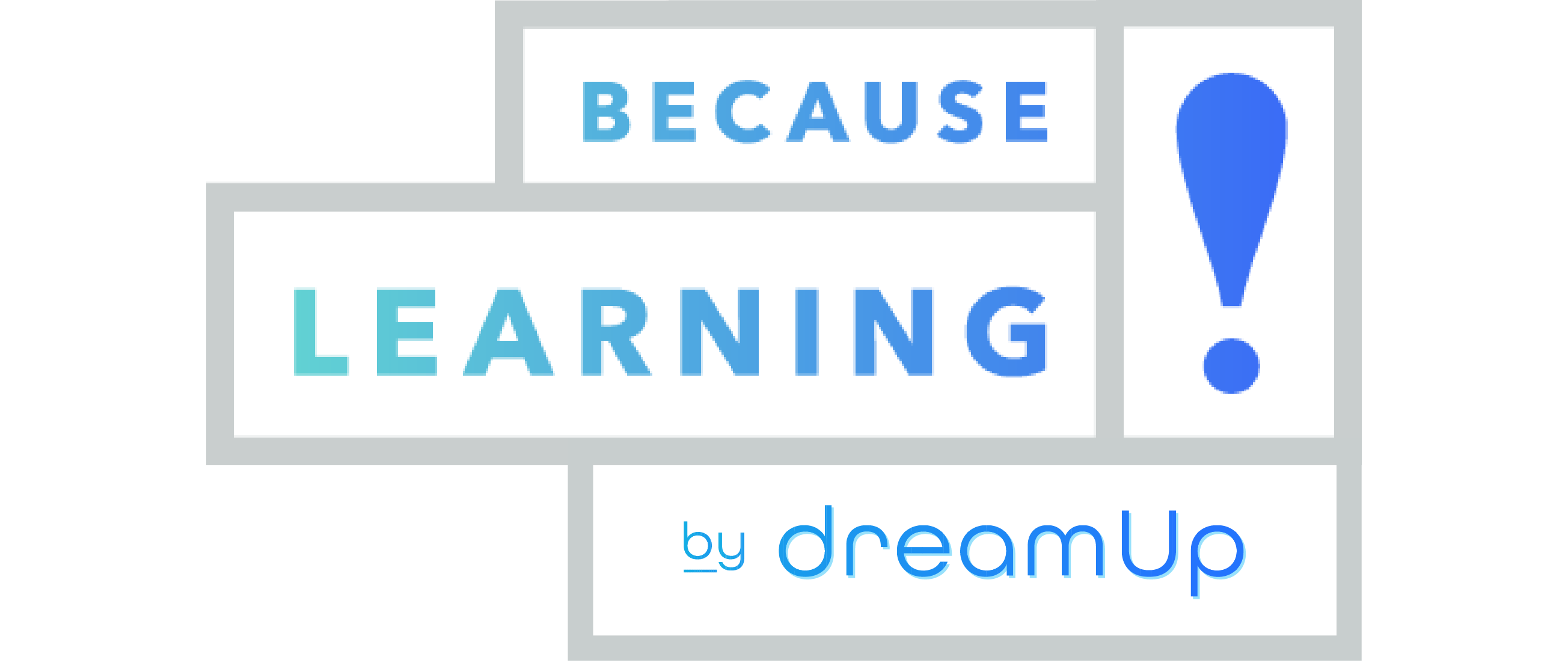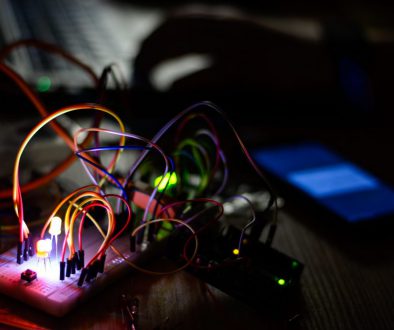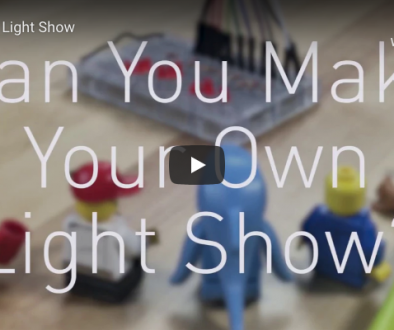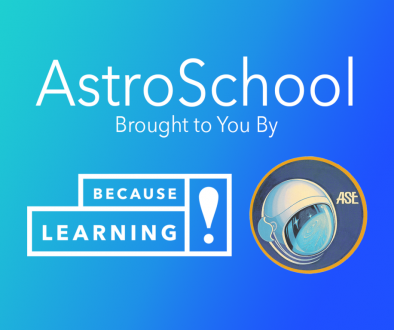5 Ways to Engage Students in Science Class
Struggling to keep students interested during science? You’re not alone. Whether it’s competing with smartphones, doodling, or something out the window, it’s a challenge to get students to focus.

Based on our teaching experience, here are five ways we’ve found to engage students in science class.
1. Make them feel like real scientists
Research shows that students build self-esteem by engaging in “role-play.” They gain scientific knowledge in the process as well as build and develop social and emotional roles that are vital to a well-rounded child. This makes experiment days where students get to use test tubes and beakers some of the most engaging days of the year.
During grade school years, students already feel like real scientists. (They just might not know it yet.) Students are naturally inquisitive and want to know “why.” Learning to think and behave like a scientist allows them to learn how to ask questions, experiment and inform decisions.
It’s normally cost-prohibitive to constantly do science labs. But with the right resources, the cost is well-worth the investment. As the NSTA writes, “The hallmark of science is that it generates theories and laws that must be consistent with observations” Labs are the primary way students can make observations and generate theories and laws.
A solution is to use some sort of lab that offers unlimited uses. Our Ardusat kits, for example, don’t contain any one-time-use parts, so they can be used again and again for multiple lessons.
Once you familiarize yourself with the Ardusat Space Kits, the possibilities are endless. You can start learning with our structured experiments in eHub, then take your exploration to the next level by creating your own experiments!
2. Use real data
When students gather and analyze their own data, they’re more interested in what it has to say. Students who are mathematically and scientifically proficient have experience collecting data, analyzing data, and explaining conclusions. These a instill a love of learning into students, plugging into their natural curiosity.

When students use real data, they have more incentive to understand what it means. Using real data provides a context for numbers. It provides a forum to explain the implications of the data — showing that the process is important, not just the final answer.
Plus, gathering data through observation or technology-assisted measurement is more fun.
3. Create opportunities for interactive feedback
As a science teacher, your feedback and mentorship is critical. Science is the medium by which students explore the natural and physical world, by using all subject areas — reading, writing, mathematics and historical context. Science is the integration of all areas of learning.
But you’re not the only source of feedback. Through activities like coding, students can immediately see if their experiment is working or not. Or, by changing variables, they can see how the experiment is different. Science creates a safe place for students to test hypotheses, take risks and experiment without the fear of failure.
These interactive feedback moments allow students to explore learning and feel more connected to their activity. Few things are more rewarding as a teacher than watching students grow into inquisitive learners — science naturally lends itself to inquisition.
4. Let Students Choose
Science allows students to tailor their learning to align with their personal interests which allows for authentic learning to take place. We all know how many “why’s” children have!
If you don’t need to purchase different, expensive sets of supplies, and can instead make a single investment, then students can be given more choices. This is another benefit of science class investments that can be reused. This allows them to tailor their learning while still getting the standards-based education they deserve.
5. Apply activities to real-life
Science makes all areas of learning meaningful and provides a context to apply prior knowledge.

I once overheard a student talking about how what he learned in his physics class helped him take turns faster while driving. Even though we probably don’t want to encourage teenagers to drive fast (they don’t need the help), his excitement taught a good lesson.
There is nothing more rewarding than a student connecting new information to a past experience and having an “ah-ha” moment. “Ah-ha” moments provide more meaningful learning for students.
When students can understand how what they’re learning in class can be used in the real world, they’re much more engaged.




